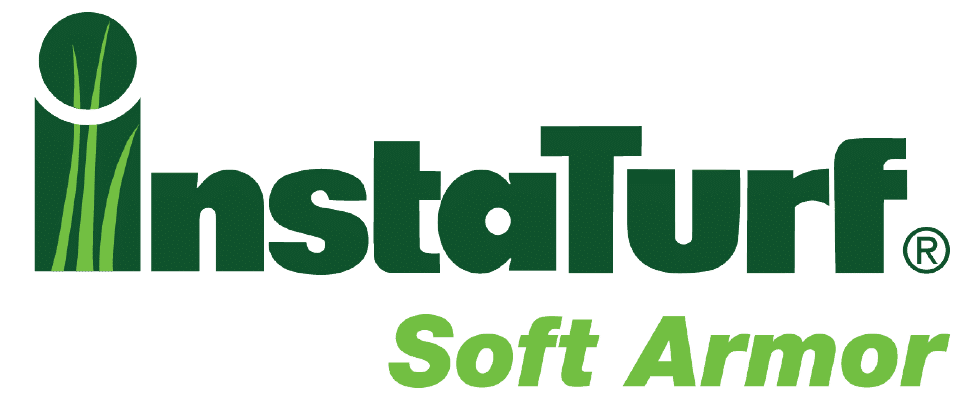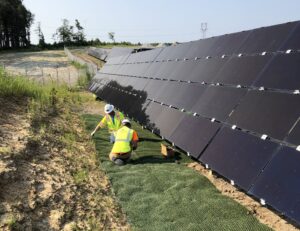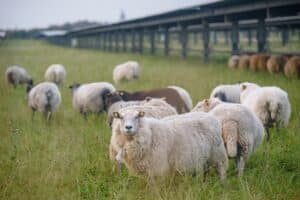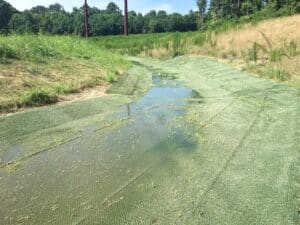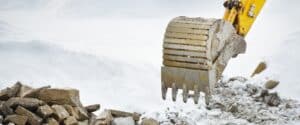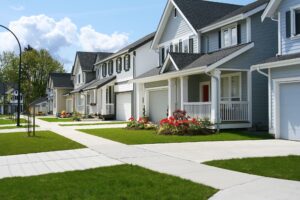Unstable soils, steep slopes, and high water flows can all pose a serious risk for soil erosion. When it comes to urban and suburban environments, soil erosion can also result in property damage, personal injury, or worse. Soil stabilization is, therefore, a key component in preventing soil erosion as well as reestablishing vegetation, particularly in these inhabited areas.
Choosing the wrong technology to achieve this task can also present some safety risks for both people and property in the event of failure. It should also go without saying that using the wrong technique will result in wasted money.
The likelihood of damage and failure can be reduced if slope stabilization and erosion control products are chosen based on the soil type and strength, the slope angle, as well as the hydraulic resistance (permissible shear stress) and non-hydraulic stresses of the materials used on any given project. In terms of cost management, these erosion protection products should be selected based on their ease of installation and maintenance. Various forms of soft engineering and reinforced vegetation solutions exist alongside hard armor products in the form of rock riprap. In general, both soft and hard solutions provide similar benefits when it comes to preventing soil erosion. However, when it comes to urban and suburban areas, the permanent reinforcing of natural vegetation is preferable to concrete or rock riprap.
The Different Types of TRMs
Rock riprap has traditionally been used for soil erosion in areas that are unable to support long-term, natural vegetation growth. Yet, the benefits of using turf reinforcement mats (TRMs) far outweigh those of hard armor solutions. This also becomes more apparent in populated areas where reinforced vegetation is more desirable than rock or concrete. As such, it’s usually preferable to use as much vegetation over hard armor wherever possible. In areas where the expected flow generates more shear stresses than natural vegetation can withstand, TRMs need to be employed.
To put it simply, turf reinforcement mats are a type of rolled erosion control products (RECPs) used for long-term soil protection. In general, TRMs are made out of non-degradable, UV resistant, geosynthetic materials such as filaments, fibers, nets, wire mesh, etc. They take on a three-dimensional shape and are created in different thicknesses, depending on one’s needs. While most of these TRMs are made out entirely of synthetic materials, some also use organic components. These natural fibers are used in the matrix so as to help establish vegetation but will not provide long-term vegetation reinforcement.
What’s more, most conventional TRMs will not be able to provide immediate erosion protection until the vegetation is established. Unfortunately, this can take anywhere between six to twelve months, during which time, these TRMs will provide only minimal protection. Therefore, many designers and engineers turn to rock riprap and other types of hard armor, as a means of avoiding the potential risk of pre-vegetated failures that some of these TRMs have.
However, the introduction of the new InstaTurf ShearForce high flow erosion control products has resolved this issue. TRM products such as the InstaTurf™ ShearForce10 and ShearForce12 are considered to be Hybrid Vegetative Armoring Systems, meaning that they have a simulated turf that will not only protect but also help establish and permanently reinforce vegetation on day one following the installation. In other words, these types of TRM will have the same protective capabilities as rock riprap without having to sacrifice immediate for long-term functionality.
TRM Reinforced Vegetation vs. Rock Riprap in Inhabited Areas
When it comes to choosing between rock riprap and TRM reinforced vegetation, particularly in urban and suburban environments, reinforced vegetation will almost always come out on top. This was the case with a major project located in the Quad Cities area in Rock Island County in northwestern Illinois in 2012. The project included a long and highly visible drainage channel built right next to a busy junction between a beltway extension and expressway. The channel’s purpose was to deal with large volumes of stormwater runoff generated by the nearby roadways. During storm events, this channel had to withstand shear stresses of around 13lbs/sf and velocities of up to 20 ft/s.
As the most commonly used material in these sorts of situations, the initial proposal was to use rock riprap for the stormwater flow channel. However, the cost estimate of about one million dollars, plus the aesthetic considerations, pushed the Illinois Department of Transportation (DOT) to opt for TRMs instead. The following spring after the project was completed, it was revealed that the TRM-covered drainage channel performed exceptionally well, only needing minor repairs after some inadequate sediment control devices were installed somewhere upstream.
Taking into account these repairs as well as what it took for the entire 20,000 square yards of product to be installed, the total cost still came to around one-third of the estimated $1 million that would have been used on rock riprap. The Illinois DOT was so pleased with the results, cost-efficient benefits, and aesthetics of the project that it released a special provision allowing the use of TRMs on other of its department projects.
Aside from the better aesthetics that turf reinforced mats have to offer over rock riprap, there’s also a matter of safety to consider. When placed along roads, pathways, subdivisions, etc. shot rocks can often pose a serious risk of accidents that can lead to injury or even death. And while TRMs are not specifically designed to prevent these accidents from occurring, their smoother surface will make it easier to travel across. In turn, this will help minimize the damage done to both people or vehicles.
Also, it’s important to take into account the pollutant-removal capabilities that TRMs provide by comparison to riprap, concrete, and other hard armor materials. Having the possibility to reduce and eliminate water pollution, especially in populated areas, is always a better alternative.
To summarize, TRMs provide several key benefits over hard armor. They are more cost-efficient and easier to transport and maintain, but they are also less hazardous in populated areas, particularly roadways and pedestrian paths. They also provide increased stormwater management via filtration and infiltration, meaning that they can remove pollutants from the water as it flows along. TRMs are a more eco-friendly option that’s not only ecologically functional thanks to their ability to promote vegetative establishment but also more aesthetically pleasing to look at than rock riprap or plain concrete slabs.
If you are looking for turf reinforcement mats that are easy to install and offer instant rock-like erosion protection without compromising on safety and aesthetics, look no further than InstaTurf. Contact us today for more information!
